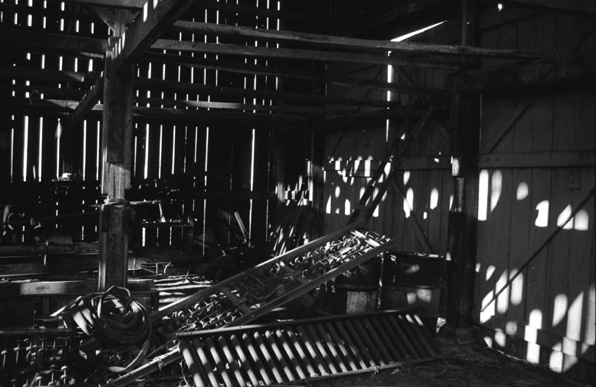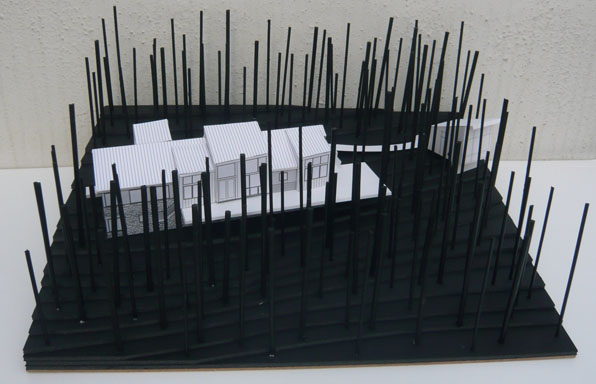While doing some research for a new project, I ran into a these photos of some of Boulder's older houses in a weekly newspaper called the Daily Herald. This article is from 1908 and is really more of an advertising/marketing piece for the local realtors than an actual act of journalism.
"Boulder is not a manufacturing town - it's just the place to live, a deslightful city with admirable schools, several sanitaria, a great university, a fine theatre, admirable sewer system, fine churches representing all denominations, a Carnegie Library, a $40,000 YMCA building and $125,000 hotel, provided with the purest water known, a most equable climate, an electric street car and lighting system and five newspapers (two of which are dailies having their batteries of linotypes) and several college publications to tell the story of her wonderful prosperity and to give that publicity without which no community can prosper. Boulder has six trains each way to and from Denver and is in close touch with her neighbor towns of the north."
As most current local know, the regional transportation provider, RTD, has promised a Boulder-Denver train over the years and taxed the residents mightly for its eventual construction. That date of completion is now something like 2035, where we will be back to the original route of 1908.
"The city is not only building rapidly, but it is building well. Many beautiful residences are being erected. Retired capitalists are choosing this ideal little city and building magnificent homes with the intention of enjoying the remainder of their lives in this ideal garden spot."
"...settle here to enjoy the superb school and health advantages of a modern up-to-date, beautiful little city, whose boast that it is "The Place to Live" seems to be accredited by a never ending tide of immigration from the great West. The say the county could be walled in and become a self sustaining community with all the creature comforts."
The above quote is as true today as when it was written in 1908. Boulder has indeed become a beautiful spot where retired capitalists choose to enjoy their remaining years. And our "wall" is an expansive green space ring around the city, making an ideal natural setting, but also limiting the housing supply and driving up the costs to lofty heights only retired capitalist can climb.
Realtors in Boulder no longer sit around in smoky offices, in fact they are more likely to be seen pedaling around the city with their prospective clients.
As you can see from the images above, many of Boulder's older homes have been wonderfully preserved and at least from the outside, seem remarkably unchanged. That is certainly the case for the two houses shown and undoubtedly have benefited from a robust preservation code and historic district designation. For as much change as Boulder and every town has seen over the last 100 years, so many things remain the same - the marketing of the city's real estate and the endless attraction of a beautiful home on the hill.
by Boulder architects M. Gerwing Architects





















